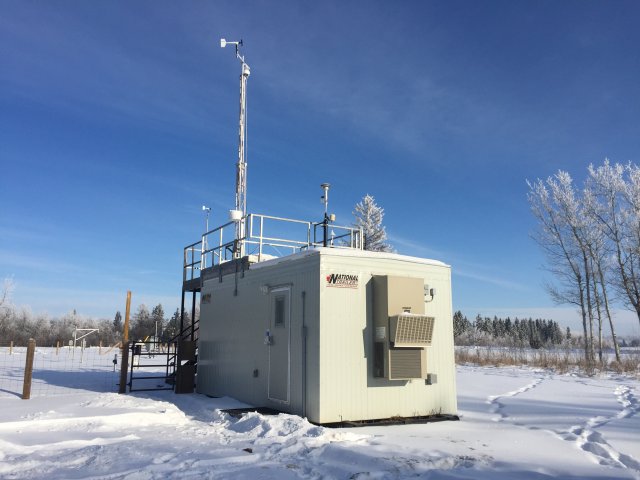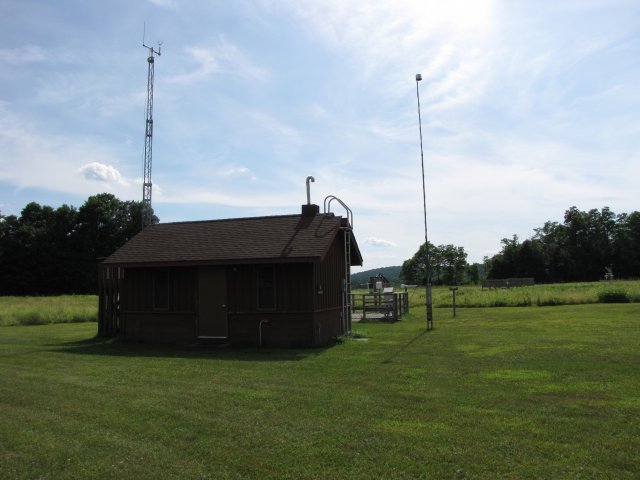Atmospheric Research Related to CASTNET
Alberta Environment and Parks, Elk Island, Alberta Canada

As part of the Alberta Atmospheric Deposition Monitoring Network, the Ministry of Alberta Environment and Parks been conducting a dry deposition pilot study using the CASTNET 3-stage filter pack. The pilot study launched in fall of 2019 at the existing monitoring station at Elk Island National Park in Alberta following the standard CASTNET methods and sampling schedule. In 2023, after review of the quality assurance (QA) documentation, the Alberta Elk Island monitoring site was incorporated into the CASTNET network. Data from the pilot study (2019-2022) were added to the CASTNET database.
The filter packs from the Elk Island monitoring station (ALB801) are analyzed at the CASTNET contract laboratory. CASTNET reports the ambient concentrations from the site.
The CASTNET site is co-located with continuous air quality and wet deposition monitoring. Quality-assured data are submitted to the provincial database. A link to the database is provided on the Alberta Air Quality website. The Elk Island station also participates in the National Atmospheric Deposition Program's (NADP) passive Ammonia (NH3) Monitoring Network (AMoN). and the NADP National Trends Network (NTN). Ammonia concentrations can be found on the AMoN (AB35) site page, and the precipitation chemistry and wet deposition results can be accessed on the NTN (AB35) site page.
Cary Institute of Ecosystem Studies, Millbrook NY

The Cary Institute of Ecosystem Studies (CIES) has been monitoring acidic gases and particles using a CASTNET protocol 3-stage filter pack since 1988. The CIES monitoring site located in Millbrook, NY also collects hourly meteorological parameters and hourly ozone data. While not an official CASTNET site, the CIES continues to be a valuable partnership for the program by advancing dry deposition research.
Similar to the CASTNET protocol, the filters are deployed under a rain shelter at 10m from Tuesday-Tuesday. The filter packs collected from the CIES site are analyzed at their own laboratory. The concentration data and flux estimates can be downloaded on the CIES website.

The NY Department of Environmental Conservation (DEC) collects hourly ozone measurements at the CIES site. The state validates the data and submits the data to EPA’s AQS database (36-027-0007). A link to near-real time ozone data is provided here on the NY DEC web page.
The CIES has also joined the NADP/AMoN with ammonia concentrations posted to the website (NY16). Additional monitoring at the Millbrook site includes a NOAA Climate Reference Network site and a phenology site with real-time images.
